I've been playing around with an Arduino for a while now, and while I know just enough about simple circuits to get little projects up and running, I still don't know enough to figure out what's going on in all but the simplest of circuits.
I've read a few books on electronics and a handful of online articles, and while I think I understand how voltage, current, resistors, capacitors and other components work; when I see a schematic with lots of them in, I don't know what's going on where.
In a bit to finally get to grips with it, I bought a 300-in-1 Electronics Project Set, however it seems to jump from "Here is a circuit with two resistors in parallel" to things more complex, without explaining how it works.
For example, it shows a simple battery->resistor->LED circuit, but shows that if you wire a button up in parallel with the LED, pressing the button turns the LED off.
I get that the current must be travelling through the path of least resistance, but I don't understand why it doesn't travel through both.
I'm taught that wiring two resistors up in parallel causes the current to flow through both, and so more current flows in the circuit. I've also tried replacing the button in the circuit above with resistors of varying values, and as I suspected, a high value resistor doesn't affect the bulb at all, but lower values start to dim the bulb.
I'm not sure how to apply the E = IR equation to all of this.
Also, how much resistance does an LED have? I tried measuring it with my multimeter, but it wouldn't give a reading.
Sorry if I've waffled on loads here, but I'm trying to paint a picture of what I think I understand and what I want to understand. Not sure I've achieved that!
Oh yeah, and expect lots more of this as I delve deeper into my 300-in-1 project kit!


